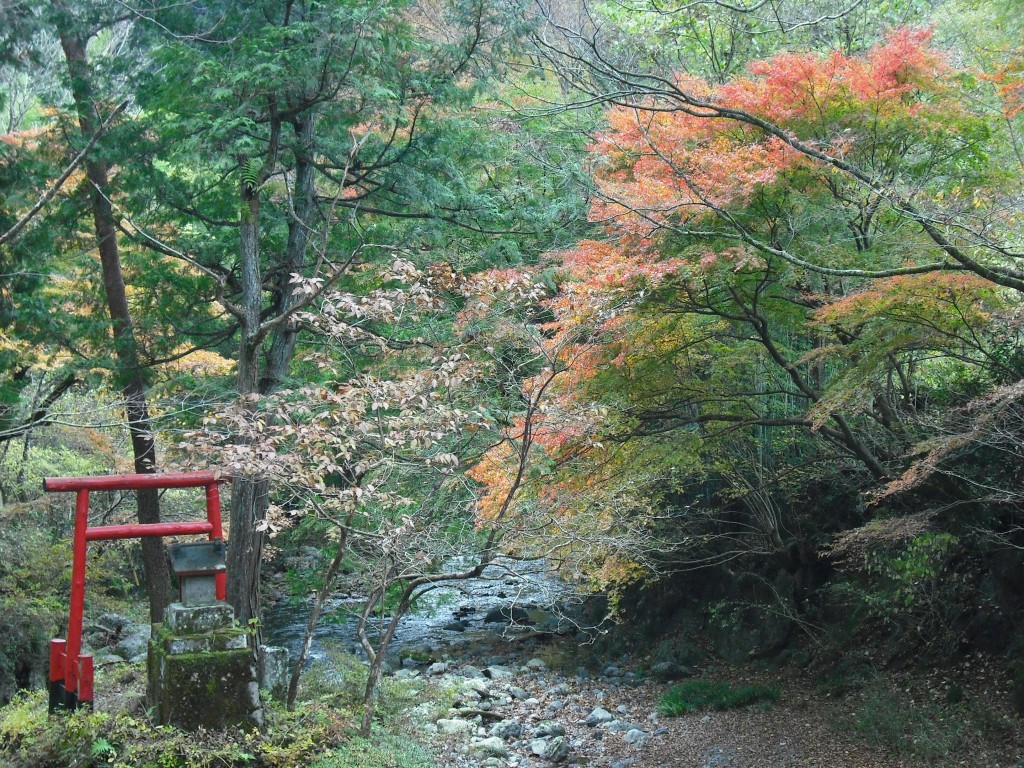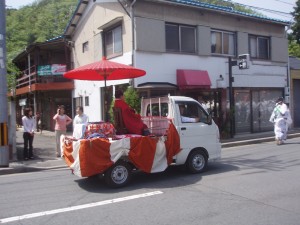In The Kami Way (1962), Sokyo Ono writes as follows:
“The world of Shinto is not an isolated one. It is an all-inclusive one. It includes all things organic and inorganic. All nature – man, animals, mountains, rivers, herbs and trees – come into existence by virtue of the kami, and their limitless blessings should contribute to the well-being of the world. The world is not in contrast with nor in opposition to man. On the contrary, it is filled with the blessings of the kami and is developing through the power of harmony and cooperation.”
The interconnectedness of living systems is a key point in green politics, and one would think that with such a worldview Shinto would naturally have a green agenda. However, this is far from the case. In A New History of Shinto (2010), John Breen and Mark Teeuwen write that, ‘the Shinto establishment has demonstrated no genuine interest in nature or the environment.’ (p.210) Yet at the same time there are often assertions that Japanese have a unique understanding of and relationship to nature. How is one to explain the apparently bizarre fact that a nature religion takes little interest in the environment?
An answer was given to this by a Japanese member of the Shinto mailing list to which I belong. An articulate and sympathetic character, he expressed what I think is the crux of the matter: the political leanings of the Shinto establishment and its concern with emperor, Japaneseness and nationalism.
Quote: “My personal impression is that in some green movements there is a pact with the left and that is the reason why Shintoism does not take part in such movements. Shintoism is perceived in Japan as “right” in contrast to “left”. It is because Shintoism by its nature is deeply connected with the imperial family which the “left” does not like.”
So is it simply a matter of politics? Is Shintoism by its nature “deeply connected with the imperial family”?
Not at a local level, it isn’t. Not on an international level where foreign practitioners have little knowledge of the emperor. Nor was there any connection with the emperor before the sixth century, when it was co-opted by the Yamato ruling clique as a useful ideological tool. Shinto has changed many times over the millennia, and there is no reason why it will not change again to meet the demands of a new age.
The fact is that the centrality of the emperor to Shinto is a Meiji invention. Before that the emperor was for long periods all but ignored or forgotten in his small enclave in Kyoto. It’s not the emperor who should be at the heart of Shinto, but nature and the wonder of life. This blog believes it is time for Shinto to return to its roots. Green roots.



Leave a Reply